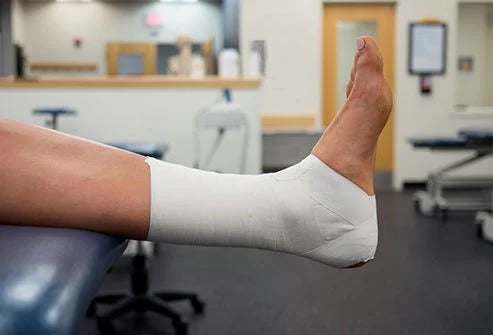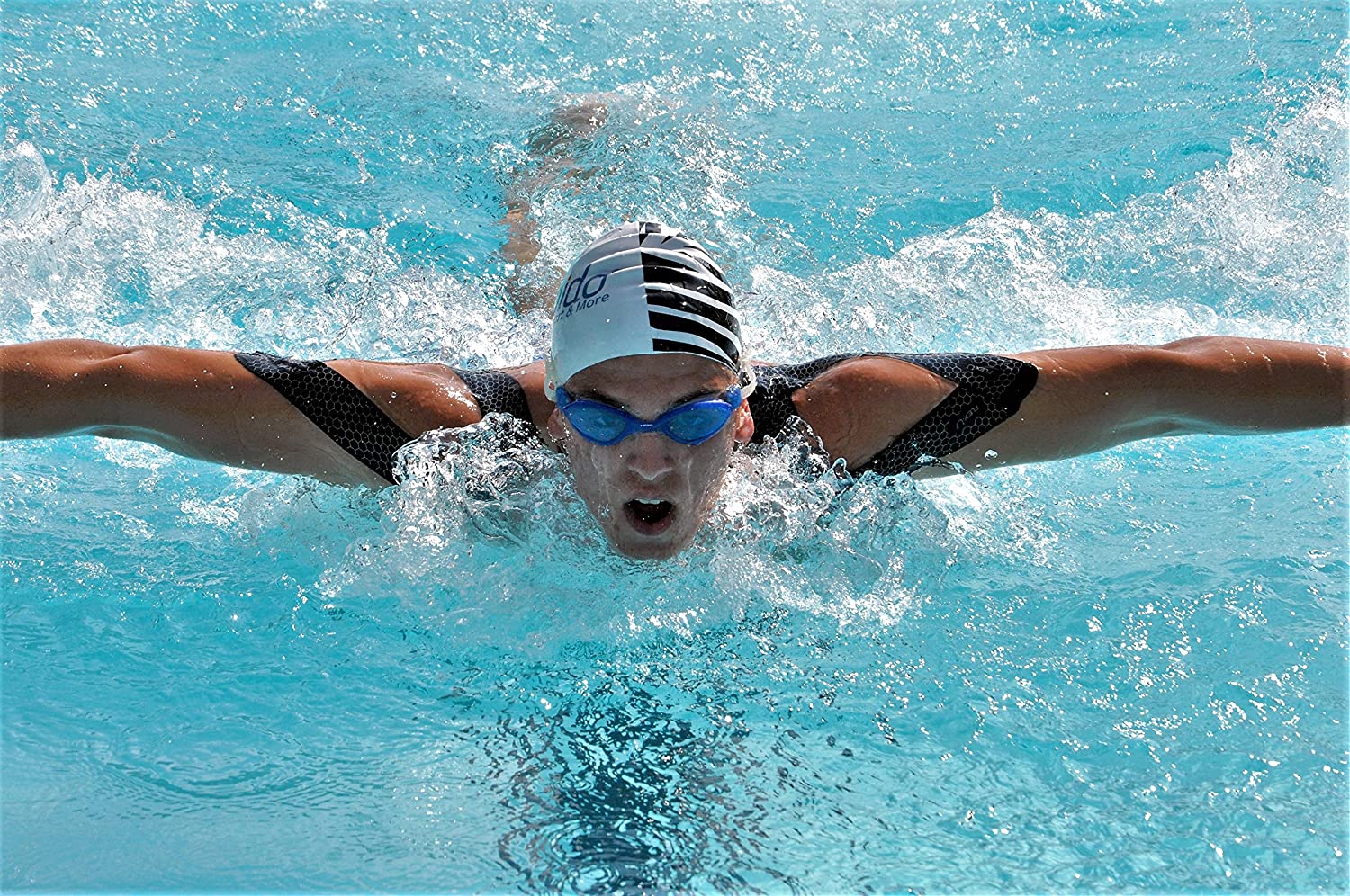
Muscles are comparable to fuels in vehicles or batteries in machines. They give power to the body they are inside.
Now, there are times when this is exhausted, or the battery could run out or even overheat, leading to complications or problems with the proper functioning of said machine. The same goes for the muscles in the human body when they cramp. They affect the normal functioning of the body.
A muscle is a group of tissues that contract to produce a force. It consists of fibers of muscle cells surrounded by protective tissue, bundled together with many more fibers, all enclosed in thick protective tissue.
A muscle uses (Adenosine Triphosphate) ATP to contract and shorten, producing a force on the part of the body that it is connected to.
There are three types of muscles. The cardiac muscle, skeletal muscle, and smooth muscle. These muscles are located in several body parts from head to toe.
What are muscle cramps?Muscle cramps are involuntary, forceful, and painful contractions of the muscle causing all the connective tissues to move against their volition. It could last from a couple of seconds to several minutes and hinder comfortable movement in the part of the body where it occurs.
They could happen at any time. While you’re walking, working out on the treadmill, lifting dumbbells, jogging, swimming, or even in your sleep. These cramps mostly occur in the muscles in the back of the lower leg, the feet, the back of the thigh, or the front of the thigh.
This explains why muscle cramps are most common among athletes since they use those body parts more.
Although cramps may also occur in the arms, hands, eyelids, and feet. They are most common in the areas previously mentioned and cause severe mind-numbing pain.
Muscle cramps can last anywhere from a few seconds to a couple of minutes or even longer. It could recur multiple times until it finally settled and the muscles relaxed from its contraction.
The cramp may involve a part of a muscle, the entire muscle, or several muscles that usually act together, such as those that flex adjacent fingers. Some cramps involve the simultaneous contraction of muscles that ordinarily move body parts in opposite directions.
You’re probably all worked up by now, wondering how catastrophic this could be if it happens during your workout or competition.
Take a deep breath in and breathe back out because Hampton Adams has you covered for such situations with the best Kinesio tapes to protect your muscles from cramping. It’s like insurance on your muscles at this point.
The chances of a muscle cramp happening during training are 6 out of ten, seeing as the areas affected are the ones channeled during workout sessions. Still, you can prevent these cramps from happening with the Hampton Adams Kinesio Tapes that we have specially designed to support the muscles and nerves in the body.
What Causes Muscle Cramps?We are here to tell you what causes muscle cramps and why you need a tape from us here at Hampton Adams because we deliver the best Kinesiology tapes.
One major or most common cause of muscle cramps is the over-excitement or overuse of nerves stimulating the muscles.
Other causes include but aren’t limited to
- Dehydration.
- Low calcium, sodium, magnesium, and potassium.
- Deficiencies in certain vitamins -Thiamine (B1) Pantothenic acid (B5) or Pyridoxine (B6).
- Problem with blood flow or circulation in the body.
- Pregnancy or even alcoholism.
Types of Cramps
They include true cramps, Tetany cramps, and Dystonic Cramps.True cramps
This type of cramp occurs from muscle exhaustion or overworking. They happen in a part or all of a muscle or a group of muscles that usually function together.
They are the most common type of skeletal muscle cramps stimulated by hyperexcitability of the nerves controlling a muscle.
True cramps are categorized into three based on their causes
Rest cramps/Dehydration cramps
Rest cramp, as the name implies, occurs mostly during testing hours (at night). It is common among adults but may also occur in younger people. They may occur a few times at night as a result of dehydration.
Injury or vigorous activity
This comes in the form of consistent muscle spasms due to injury. In contrast, in the case of vigorous activities, the spasms occur after a long workout session. They may occur during or after workout sessions due to muscle fatigue.
Deficiency-induced true muscle cramp
Certain materials are needed in the body for proper functioning, especially in the case of muscles. Potassium, calcium, and certain body fluids are required for the muscles to function properly. In a situation where a person is deficient in any of these the excitability of the muscles is increased simultaneously, causing a spasm.
Tetany cramps
This cramp, as the name implies, is a result of tetanus. The toxin could also be caused by the low level of calcium or magnesium. This type of cramp involves all nerve endings. Tetany cramps involve involuntary muscle contractions caused by an imbalance of electrolytes.
Numbness, tingling or burning sensation, and seizures are all signs of tetany cramps. They may be severe in some cases, where they reduce cardiac functions.
Dystonic cramps
This does not necessarily involve the muscles. It is a reverse action cramp where only muscles working in the opposite direction of the intended cramp are affected. They are not a very common type of cramp. This type of cramp can affect a part or parts of the body at any age.
Symptoms or signs of dystonic cramps include tremors, uncontrollable spasms, and parts of the body twisting into unusual positions.
They affect a smaller group of muscles, i.e., the eyelids, fingers, arms, jaw, necks, etc.
How to Relieve Muscle Cramps
Muscle cramps, when they are mild and not due to underlying health conditions, can usually be remedied with some self-care measures.
Massages and stretching
The cramped area should be stretched and rubbed lightly to relieve the pressure or contraction. In a situation where your hamstring is cramped, draw the affected foot towards your head while your leg remains in a straight position. In a situation where it is a calf cramp, also known as a Charley horse, try standing up, putting your weight on the affected leg, and bending your knee forward.
Heat or cold application
Applying heating pads or warm towels on cramped areas will loosen muscle tension. Ice packs also help equally.
Hydrate
Drinking water at intervals throughout the day might prevent muscle cramps from even happening at all. Although drinking water after it occurs will also ease the cramp, isn't it better to prevent than treat it?
Getting properly hydrated and doing adequate warm-ups will help reduce the chance of getting a cramp but using a Kinesiology sports tape is a sure way regardless of any other precautions you are taking.
You can never be too safe. Aye?
How do Kinesiology Tapes Help With Muscle Cramps?
Kinesiology tapes are famous in medical areas because of their highly advantageous properties in preventing and reducing the probability of injuries.
A Kinesio tape is used in areas of the body that need enhancement in strength or protection for certain activities. Applying the Kinesio tape creates a space that automatically reduces strain or compression on that area while increasing its strength.
This explains why Kinesiology tapes are used over weak or injured muscles to reduce pain and even increase the strength of sick muscles.
Muscle cramps are not necessarily a serious issue; they do not happen all the time except if you have an underlying health condition. Hampton Adams Kinesio Tapes have brought one of the best tapes that will strengthen your muscles and prevent muscle cramps.
How great is that?
When Should You See A Doctor?As we said earlier, muscle cramps are not a cause for alarm. They happen to everyone. However, a situation whereby the muscle cramp persists for hours or occurs every day might indicate underlying health conditions.
Pregnant women, for example, are more prone to muscle cramps, but even they should seek medical attention when the cramp persists.
You don’t have to wait until you sustain an injury to get a tape from us. You could just get it now and use it for all your workout routines and avoid getting spasms, cramps, or any injury at all.



